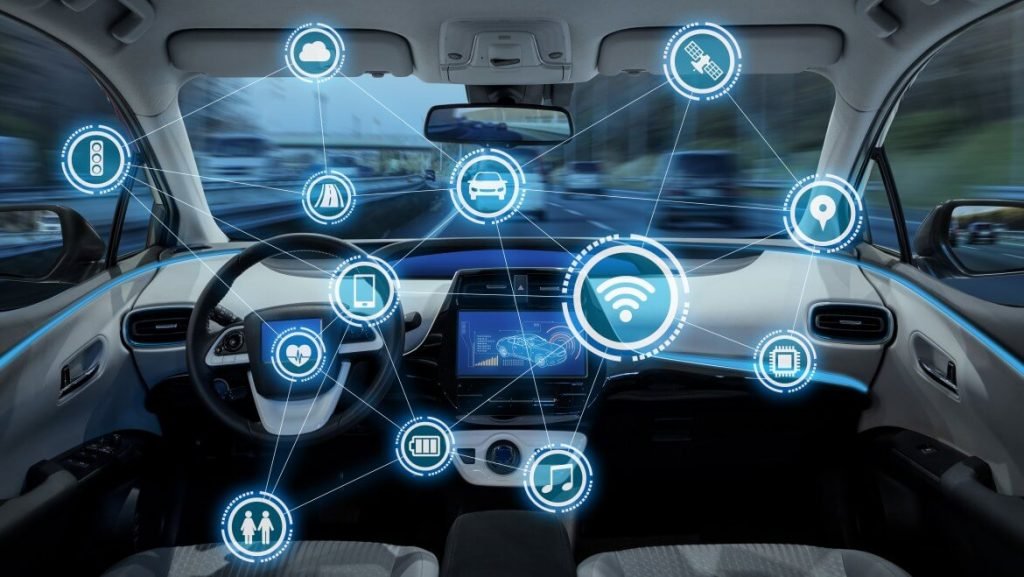How technology changes the automotive industry

Not all brands have the same objectives, much less bet on the same technologies. The meeting that took place a few months ago at Em Tech Digital (San Francisco, USA)That the future of the automobile is in the hands of technology is a reality that no one questions. But when it comes to addressing how the innovations will be incorporated and how they will modify the concept of driving that we have today, it is a matter of debate and between two experts in transportation technology revealed the different applications and visions that can be had in this regard.

Thank you for watching
Representing the old school was Ford’s Chief Research and Innovation Officer Ven katesh Prasad. After his intervention, the brand’s position regarding the presence of technology in its vehicles became clear. Betting on the introduction of ” intelligent systems” in the most traditional instruments of the car such as the windshield wiper or the gear lever, which could provide designs and the driver with a series of skills that they did not previously have.
This vision, classified as archaic, is far from the Institute of Technology mentality of other great experts such as the Head of Research at the Massachusetts, in the USA and CEO and co-founder of nu Tonomy, Karl Iagnemma. This engineer from the world of transport goes a step further by betting on autonomous cars in their entirety, which do not help drivers but rather replace them. “Humans are good at making decisions; automation is good at performing repetitive tasks, “commented Iagnemma, referring to the innate quality of the human being to always be making different decisions.
The situation of full technological boiling proves its capabilities day by day and is posited as a clear enemy of traditional manufacturers who can lose their position if they do not position themselves quickly in this constantly changing sea. Currently, 82% of the components of each vehicle come from external suppliers. A data that two decades ago was 56% revealing the great dependence that manufacturers have on their suppliers .
The amount of microprocessors that new car models need explains this high percentage, and forces them to carry out a standardization of the management of their production model at a physical and informative level through a new roadmap in their relations with the suppliers . Manufacturers should seek to study which is the most competent and effective supplier at the regional or local level to develop the competencies and designs they seek.
In conclusion, the arrival of technology has changed the way of working in many sectors and the automobile sector is no exception. It remains to be seen if the big manufacturers know how to ride the wave of change by finding the balance between standardization and brand visibility or if, on the contrary, they will be swept away by the tsunami of new technologies.






